Rising Demand for Durable Packaging
The Laminated Labels Market is experiencing a notable increase in demand for durable packaging solutions. As consumers become more conscious of product quality and longevity, manufacturers are focusing on labels that can withstand various environmental conditions. This trend is particularly evident in sectors such as food and beverage, where labels must endure moisture and temperature fluctuations. According to recent data, the demand for laminated labels in the packaging sector is projected to grow at a compound annual growth rate of approximately 5.2% over the next five years. This growth is driven by the need for labels that not only provide essential product information but also enhance the overall aesthetic appeal of packaging. Consequently, companies are investing in advanced materials and technologies to meet these evolving consumer expectations.
Technological Innovations in Labeling
The Laminated Labels Market is witnessing a wave of technological innovations that are reshaping the landscape of labeling solutions. Advancements in printing technology, such as digital printing and flexographic printing, are enabling manufacturers to produce high-quality laminated labels with greater efficiency and precision. These innovations allow for shorter production runs and quicker turnaround times, catering to the increasing demand for customized labels. Furthermore, the integration of smart technologies, such as QR codes and NFC tags, into laminated labels is enhancing consumer interaction and engagement. As businesses seek to leverage these technologies to improve their marketing strategies, the laminated labels market is poised for substantial growth. The ability to provide dynamic and interactive labeling solutions is likely to attract a broader range of industries, thereby expanding the market's reach.
Growth in E-commerce and Online Retail
The Laminated Labels Market is significantly influenced by the rapid expansion of e-commerce and online retail. As more businesses transition to digital platforms, the need for effective labeling solutions has surged. Laminated labels play a crucial role in ensuring that products are accurately identified and presented during shipping and handling. Recent statistics indicate that e-commerce sales have seen a substantial increase, with projections suggesting a growth rate of around 10% annually. This shift necessitates the use of high-quality laminated labels that can withstand the rigors of transportation while maintaining their visual appeal. As a result, manufacturers are adapting their offerings to cater to the specific requirements of online retailers, thereby driving growth in the laminated labels market.
Increased Focus on Branding and Aesthetics
In the Laminated Labels Market, there is a growing emphasis on branding and aesthetics. Companies are increasingly recognizing the importance of visually appealing labels in attracting consumers and differentiating their products in a crowded marketplace. This trend is particularly pronounced in sectors such as cosmetics and personal care, where packaging design plays a pivotal role in consumer purchasing decisions. Data suggests that brands investing in high-quality laminated labels experience a notable increase in customer engagement and brand loyalty. As a result, manufacturers are innovating to provide customizable laminated label solutions that align with brand identities, further propelling the growth of the laminated labels market. This focus on aesthetics not only enhances product visibility but also contributes to a more cohesive brand image.
Regulatory Compliance and Safety Standards
The Laminated Labels Market is increasingly influenced by regulatory compliance and safety standards. As industries face stricter regulations regarding labeling requirements, the demand for laminated labels that meet these standards is on the rise. This is particularly relevant in sectors such as pharmaceuticals and food and beverage, where accurate labeling is critical for consumer safety. Recent regulations have mandated clearer labeling practices, prompting manufacturers to invest in high-quality laminated labels that comply with these guidelines. The market is expected to grow as companies prioritize compliance to avoid penalties and enhance consumer trust. This focus on regulatory adherence not only drives demand for laminated labels but also encourages innovation in label design and materials, ensuring that products remain safe and compliant.
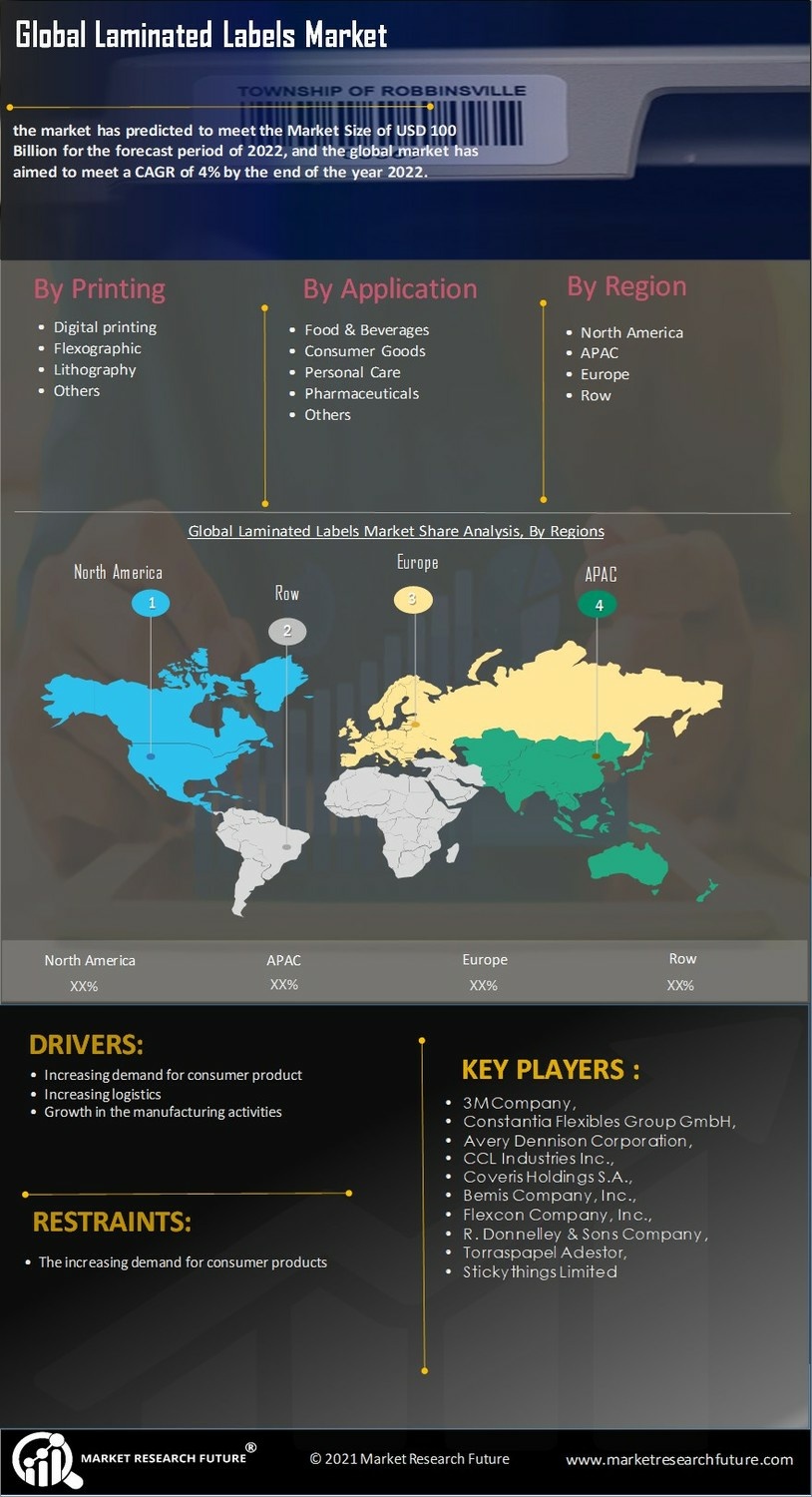

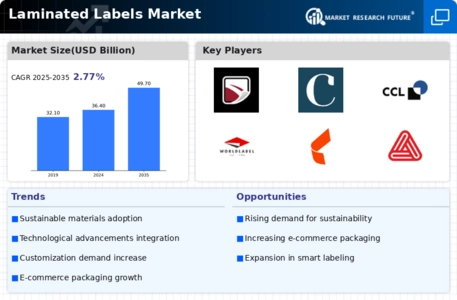
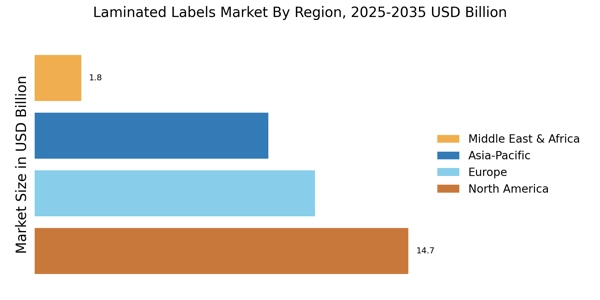

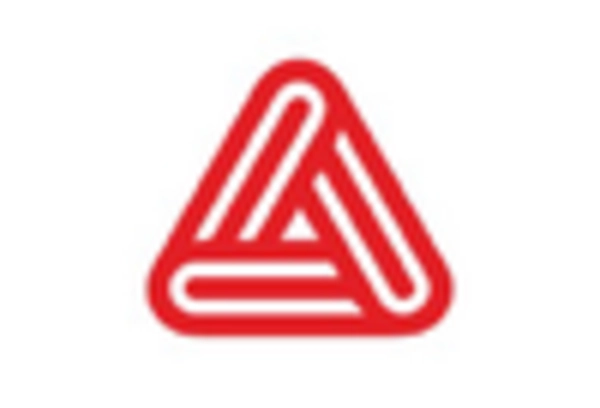
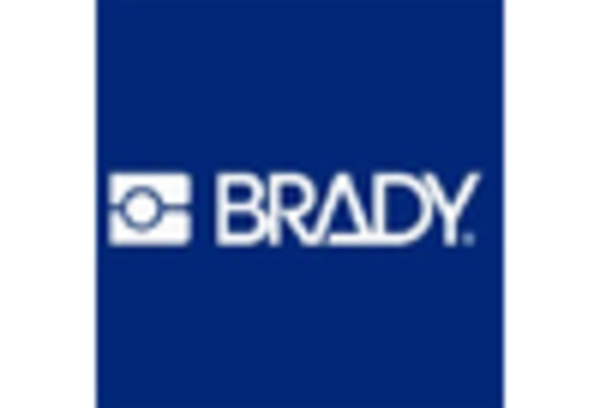
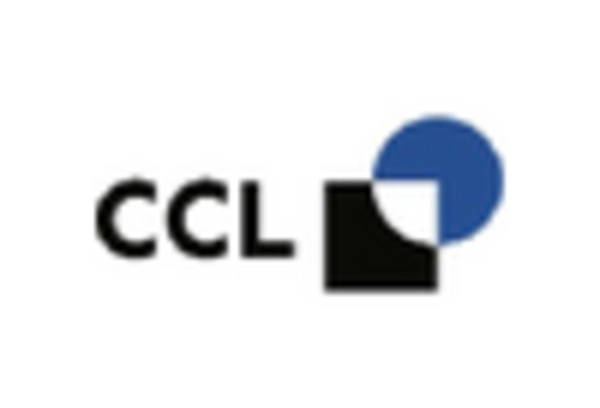
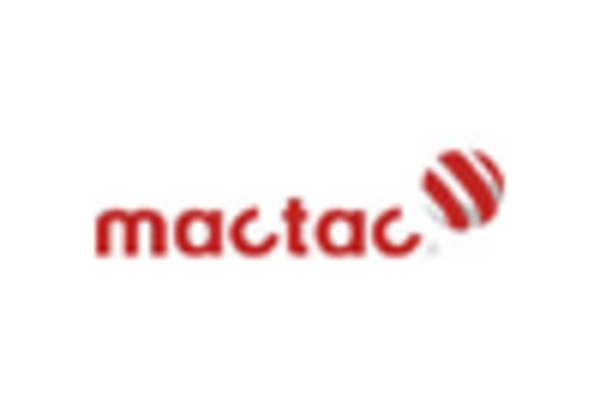
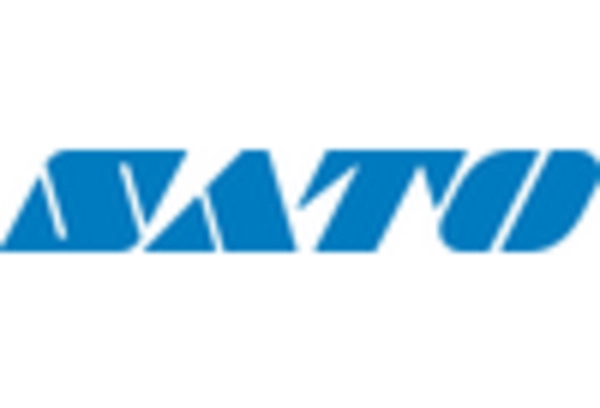








Leave a Comment